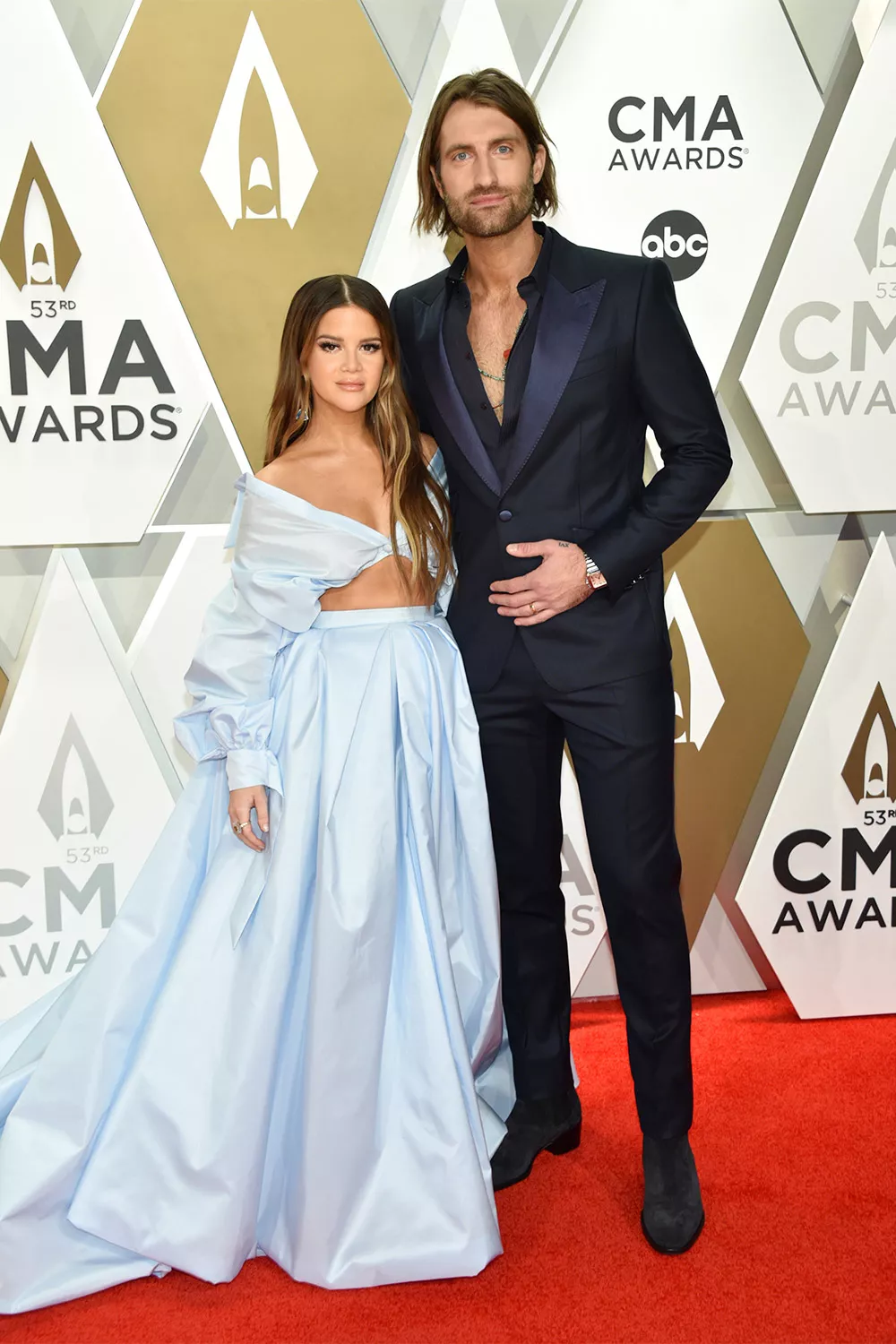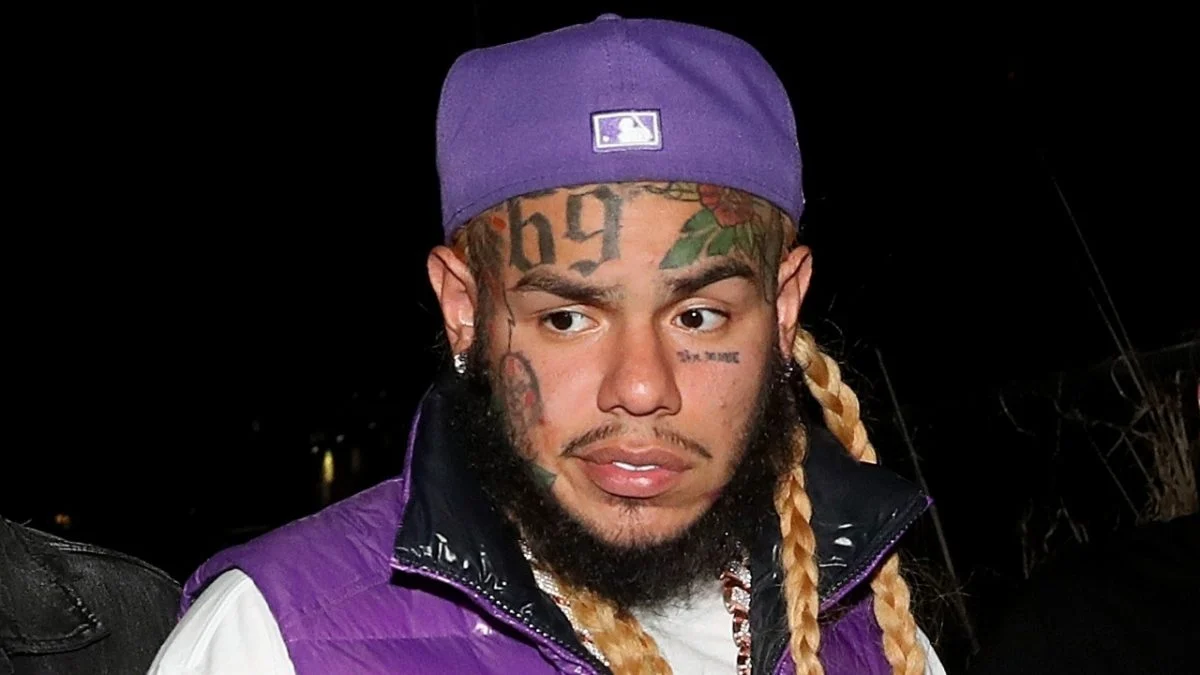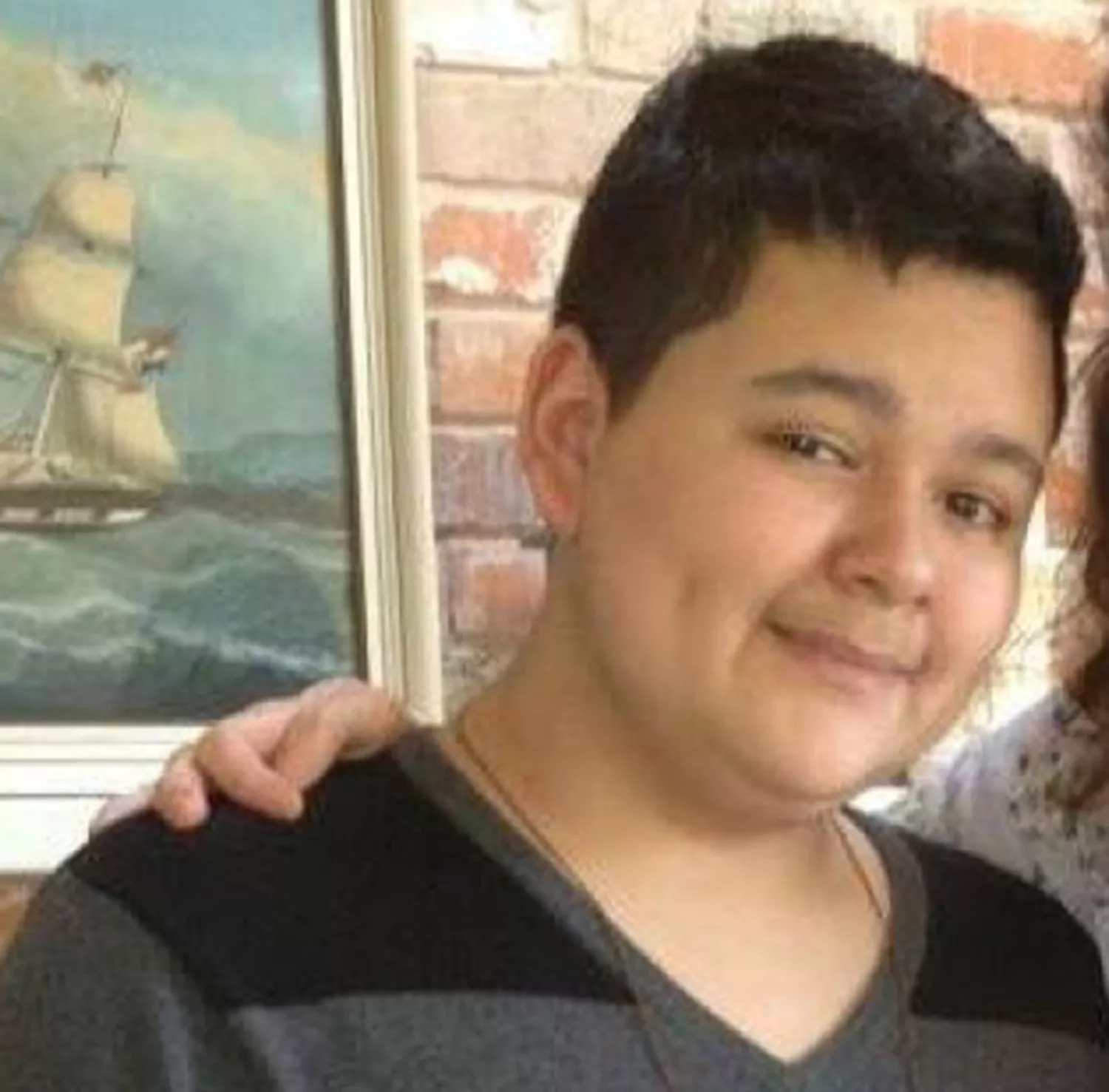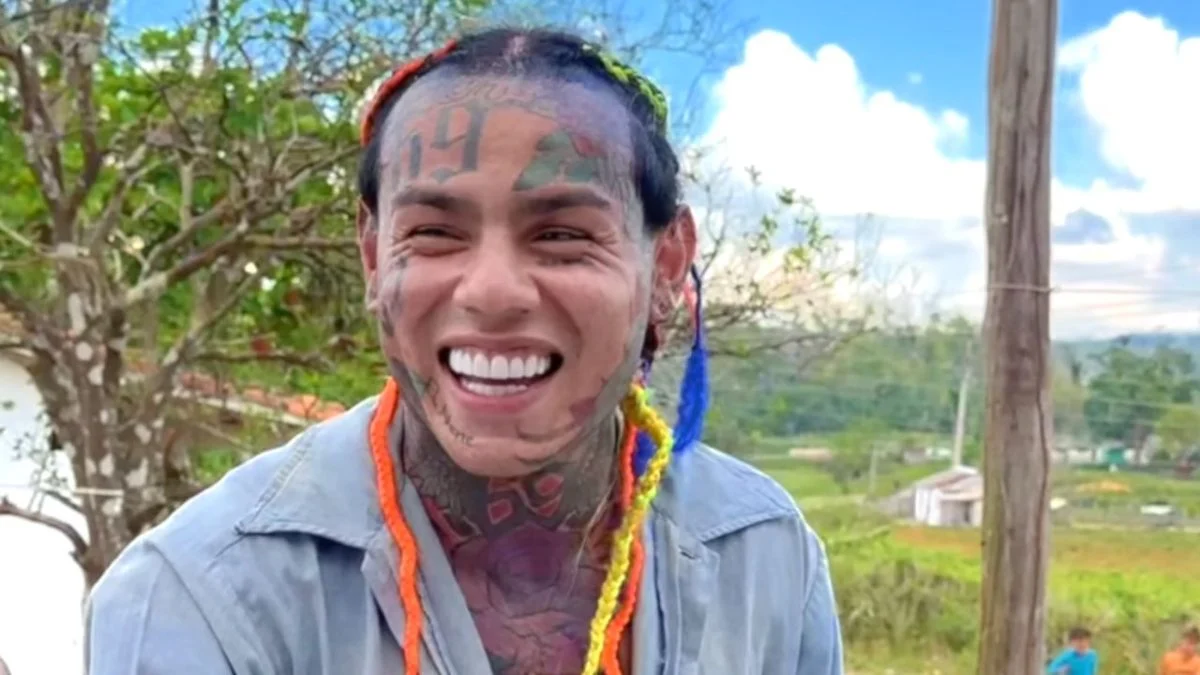ENTERTAINMENT
6ix9ine’s “GUMMO” Two Years Later: The Beginning Of The End
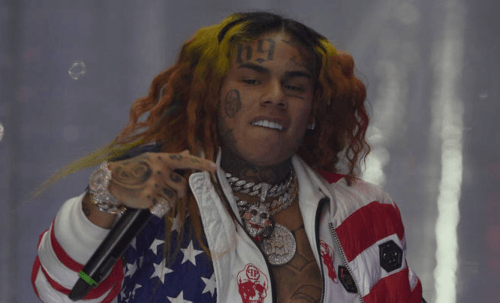
As Daniel Hernandez’s world continues to unravel before our eyes, we revisit the track that started it all.
Stripped of his trademark rainbow hair and self-assured hubris, Daniel Hernandez— formerly known as 6ix9ine— has morphed from hip-hop’s leading agitator to a proverbial babe in the woods. Faced with spending the entirety of his best years behind bars, the rapper that had styled himself as the self-proclaimed “King Of New York” saw only one recourse available: to turn state’s evidence and lift the lid on the shadowy criminal enterprise that he’d once served as the mouthpiece of. Where most gangs move in silence for fear of incrimination, there was a brief year and a half spell where the Nine Trey Gangster Bloods had a veritable one-man PR department in Tekashi. Boisterous and abrasive to a fault, his bravado-laden output and interviews brought the phrase “Treyway” into the vocabulary of fans and aghast hip-hop heads around the world.
https://www.instagram.com/p/B2nDKaOHkjd/?utm_source=ig_web_copy_link
With his public persona and the gang’s activities so closely aligned, the very output that catapulted him to fame is now viewed as inadmissible evidence. To a sea of onlookers and a jury of his peers, Hernandez has sat stoically as the menacing provocations of “GUMMO” have resounded off of the courtroom’s walls. Unleashed upon the internet two years ago today, the song— and its corresponding video that followed in October— were pivotal in the myth-making of the Tekashi 6ix9ine that would be celebrated, reviled or gawked at in horror depending on your vantage point. But beyond that, those 2 minutes and 40 seconds of hyper-aggression are now immortalized as the track that foreshadowed all of the carnage that was to come.
During the formative stages of his career, Hernandez was on the fringes of numerous movements but without any true sense of identity. Formerly aligned with Flatbush’s Scum Gang— before he’d infamously diss SosMula on “GUMMO”— and Slovakian upstarts FCK THEM, the Bratislava-based collective’s leader Yaksha informed Vulture that Tekashi had always envisioned himself as a mega-star.
“Hey, bro — I will be the biggest artist from New York,” he told the label boss matter-of-factly.
Unwavering in his pursuit of fame and fortune, what Hernandez was yet to understand was that it wasn’t a conventional rap crew that would escort him to the riches that he’d coveted but a fully-fledged criminal enterprise. Even as he took to the stand and delivered his no-holds-barred expose on the Nine Trey, the rapper was under no illusion that they weren’t the catalyst for his fame. When asked what he received in exchange for proliferating their message and bankrolling the gang, there was no hesitation as he detailed the amenities:
“My career. Credibility. Protection. All of the above.”
While he may have given credit where credit was due, what Hernandez tellingly omitted from the list was that their very first encounter would set him up to become the poster boy for the dangers of rampant clout-chasing and social media-fuelled inauthenticity.
Informed by the belief that gang affiliation is cultural currency in hip-hop, 6ix9ine conceded that his ties to the Nine Treys began as an ill-advised attempt at branding. Where other aspiring artists will try to finagle their way into the inner-circles of the music industry elite, the down-on-his-luck Hernandez saw the path to success as one that ran straight through the clandestine New York underworld:
“I made the song “GUMMO” and I put a line in there saying that, ‘in the hood with them Billy n***s…’” He told the court. “So, then I put that line in the song. When I was ready to film the video, I approached Seqo Billy and I asked him if we could get — Billy was Nine Trey, so I asked him if we could get some Nine Trey members to be part of the video, because I wanted the aesthetic to be, you know, full with Nine Trey Blood members because I’m in the song. […] I told Seqo that I would like for them to all be in red.”
His youthful naivety and hunger for success allowed Tekashi to never consider whether he’d framed himself in a way that would ultimately confine him. In fact, his testimony suggests that it was haphazardly uploaded on the internet with little thought given to the response it would incur.
“I just threw it up on YouTube and just said whatever happens, happens. When I uploaded the video and there was such — like, a lot of people were showing attention to it, Shotti actually called Seqo and said, quote: ‘This little n***a knows what he’s doing. I thought all that rainbow hair shit was — you know, he was bugging for that — but he knows what he’s doing. Tell him to stay in touch.’”
Declared as an “instant sensation,” Its virality meant that the needs and wants of Daniel Hernandez were supplanted by the consumer’s expectations for his gun-toting, malevolently styled alter-ego 6ix9ine.
An allegory for the intrepid hazards of an online environment where your actions have no immediate consequences, Nine Trey didn’t simply stay in contact with Tekashi but infiltrated the very fabric of his operation, emboldening the young rapper to go further and further with his outlandish antics. By the time that its sequel “KOODA” followed in December of 2017, the references to the set went from open to interpretation to explicit as the phrase “Nine Trey” can be heard numerous times during the video’s opening scene.
As a result, the impressionable young rapper went from throwing cryptic shots at former labelmate and “POLES1469” collaborator Trippie Redd on “GUMMO” to actively mobilizing the Nine Treys to take action against him. Singled out as a card-carrying associate of the “Five Nine Brims” during the trial, Tekashi went on to claim that he’d ordered an assault on the Ohio-born MC:
“I told Shotti I wanted something done about Trippie,” Tekashi revealed. “Shotti was like, ‘say less, we’ll get on top of it.’”
Ascribed with a meaning that fans weren’t even aware of at the time, “GUMMO”‘s updated status as a “diss song” and the new perspective on what many fans had deemed to be a publicity-oriented beef with Trippie Redd brings his Instagram Live comments from 2017 into startling focus:
“If 6ix9ine comes to LA, it’s over,” said a bloodied Trippie Redd. “I’m in New York right now. If y’all really think bro bout that, really go tell that n***a pull up right now… Bro a bitch. You wanna know what bro did. Bro had n****s waiting for me at my hotel. Some Nine Trey n****s. Soon as I walk in the building, hit right in my mouth.”
Tekashi knew that to sustain the image that he’d created on “GUMMO,” he’d need to keep the controversy flowing. Marked as the turning point where the lines between reality and fiction began to blur, Hernandez gradually ceased to exist in the public eye and transformed into a vessel for the antagonistic character that he’d mapped out over that foreboding beat.
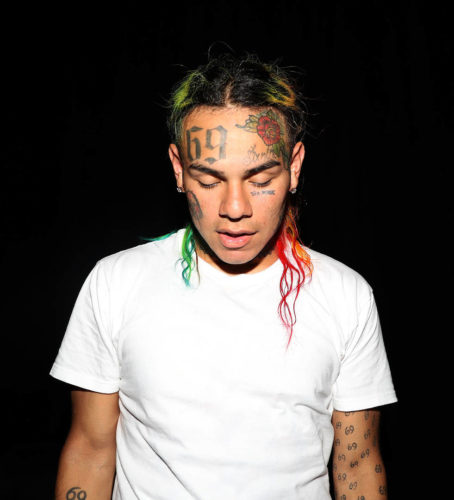
Speaking of that menacing instrumental, it’s only fitting that even the means through which Tekashi attained the “GUMMO” beat have been highly scrutinized. Allegedly offered to Trippie Redd, Pi’erre Bourne took exception to how the beat had gotten into Tekashi’s hands. “Fuck that Gummo shit, he declared on Twitter, ya’ll n****s doing weird shit some opps I swear.” Speaking to Genius in June of this year, the renowned producer expanded on his issues with how his beat had been misused:
“I never wanted anything to have anything to do with that song just because of how they went about releasing it… Very disrespectful. It was just like ‘fuck you’ basically. I didn’t want the money…”
The rollout of “GUMMO” typifies the approach that not only led 6ix9ine to the promised land but eventually spelt his undoing. Unfazed by protocol or common courtesy, 6ix9ine belligerently released the track— gang references, disses and all—without so much as consulting the man that put the beat together. Encouraged by his new associates, the untouchable 6ix9ine did whatever it took to garner the world’s attention, only for the bright lights to give way to the witness stand after he found himself in over his head. In typically astute fashion, Vince Staples headed to Twitter to summarize the situation by stating that “It’s a n***a in a cell right now that just wanted to be in a music video.”
Now resigned to a footnote rather than a globe-trotting star, Daniel Hernandez will be remembered as a kid who strived for a better life and inadvertently condemned it to the scrapheap through poor decision-making and a lack of foresight. Forced to renounce his gang ties, music career and, in all likelihood, even his identity, the rapid rise and breakneck fall is one of hip-hop’s most fascinating stories of the past decade and it was all right there in front of us from the very first utterance of “Billy” on a track.


